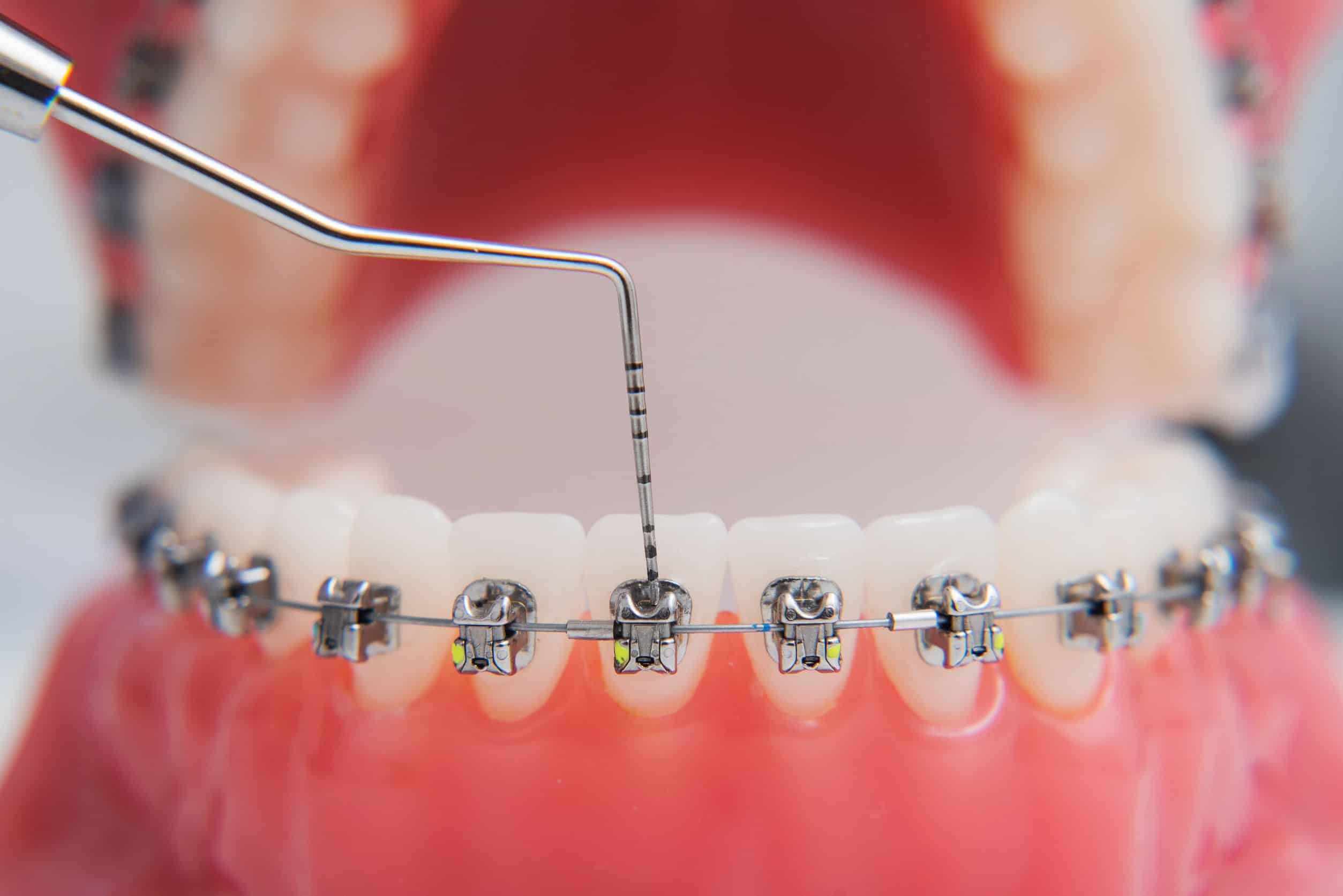The Best Strategy To Use For Legacy Orthodontics
The Best Strategy To Use For Legacy Orthodontics
Blog Article
Legacy Orthodontics Things To Know Before You Get This
Table of ContentsLegacy Orthodontics Fundamentals ExplainedUnknown Facts About Legacy OrthodonticsLegacy Orthodontics Fundamentals ExplainedThe Greatest Guide To Legacy Orthodontics9 Easy Facts About Legacy Orthodontics Described
In addition, we use adjustable treatment schedules, versatile settlement options and an enjoyable, enjoyable experience.An orthodontist is a dental professional trained to identify, prevent, and treat teeth and jaw irregularities. They remedy existing conditions and are trained to determine troubles that may develop in the future. Orthodontists function with people of all ages, from kids to grownups. People usually connect an excellent smile with healthiness.
Malocclusion, or misaligned teeth, can bring about oral problems, consisting of tooth degeneration, gum illness, and tough or excruciating chewing. Not everybody is birthed with straight teeth. If you have a negative bite or large areas between your teeth, you may desire to speak with a dentist specializing in orthodontic care.
8 Easy Facts About Legacy Orthodontics Shown
( Photo Debt: DigitalVision/Getty Images) Orthodontists make use of fixed and removable oral tools, like braces, retainers, and bands, to change the setting of teeth in your mouth. Orthodontic therapy is for oral abnormalities, including: Uneven teethBite issues, like an overbite or an underbiteCrowded teeth or teeth that are also much apartJaw misalignmentThe goal of orthodontic therapy is to boost your bite.
While you could believe of orthodontists as primarily for kids or teens who require braces, they can fix dental issues at any kind of age. Orthodontists attend university, oral institution, and orthodontic school.
, but not all dental professionals are orthodontists. They concentrate on two areas: Exactly how to properly and securely relocate teeth Exactly how to effectively direct growth in the teeth, jaw, and faceOnce an orthodontist has completed training, they have the choice to become board licensed.
The Main Principles Of Legacy Orthodontics
Malocclusion leads to tooth congestion, an irregular jaw, or uneven bite patterns. Malocclusion is typically treated with: Your orthodontist attaches metal, ceramic, or plastic square bonds to your teeth.
Some people require a headgear to assist move teeth right into line with stress from outside the mouth. A retainer is a custom-made tool that keeps your teeth in place.
They're frequently used on youngsters. They can create extra room in the mouth without needing to draw teeth. If you have a major underbite or overbite, you could need orthognathic surgery (also called orthodontic surgery) to extend or shorten your jaw. Orthodontists utilize cables, surgical screws, or plates to support your jaw bone.
You might need to see an orthodontist if you have: Crowding or otherwise adequate area for every one of your teethOverbite, when your top teeth come your bottom teethUnderbite, when your bottom teeth are too far forwardSpacing or problems with gapsCrossbite, which is when your top teeth fit behind your base teeth when your mouth is closedOpen bite or an upright gap between your front base and upper teethMisplaced midline, when from this source the facility of your base and top teeth don't align Remedying an oral malocclusion can: Make attacking, chewing, and talking easierImprove the proportion of our face and your general appearanceEase pain from temporomandibular joint disordersSeparate your teeth and make them simpler to cleanse, helping protect against dental cavity or cavities It's commonly a dentist that first notices misaligned teeth throughout a routine test.
Get This Report about Legacy Orthodontics

Throughout your very first orthodontic assessment, you'll likely have: An oral examPhotos taken of your face and smileDental X-raysPanoramic (360 degree) X-rays of your face and headImpressions to produce molds of your teethThese tests will assist your orthodontist understand how to proceed with your treatment. leesburg clear braces. An orthodontist is a dental practitioner who's had training to treat your teeth and jaw
Orthodontists might execute surgical procedure, exams,X-rays,and more to aid you attain an extra comfy, much healthier smile. An orthodontist is concentrated on your bite, so something like a cracked tooth would be handled by a dental expert. Orthodontists are dental professionals yet not all dental experts are orthodontists. Orthodontists are focused on your bite, or the way your teeth meshed, and the straightness of your teeth.
Ever wondered exactly how stars constantly appear to have perfectly straightened teeth? Orthodontists are oral experts that focus on dealing with abnormalities in the teeth and jaws.
About Legacy Orthodontics

While braces are one of the most typically recognized orthodontic treatment, orthodontists have a varied toolkit at their disposal. The specific technique picked relies on the intensity of the case, the client's age, and specific preferences. These reliable braces make use of a system of brackets bound to the teeth and connected by cords.
These removable trays are customized to considerably move the teeth's placement. In instances of narrow jaws, palatal expanders can be used to produce space for correct tooth placement.
Report this page